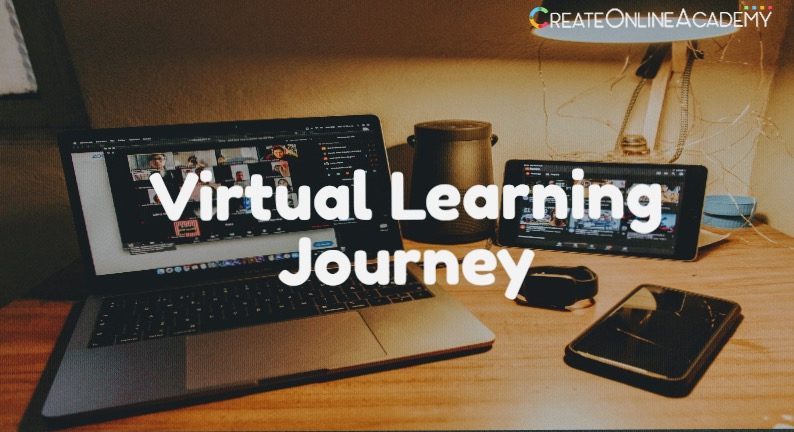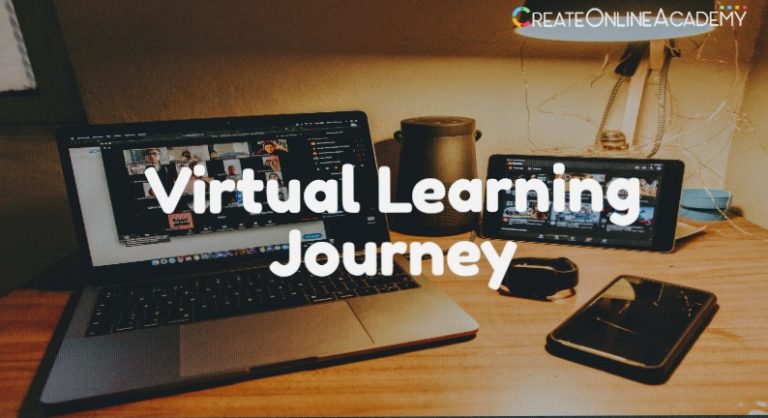Mobile Learning and How It Can Maximize ROI

Brief Summary: This article discusses the various challenges faced by skills training, and explains how mobile learning solutions can help overcome them.
Introduction
Many companies find it difficult to hire the right candidates because of a lack of skills among applicants. To bridge this skills gap, skills training is necessary. But most employees cannot afford much time for formal training.
This is why it is important to make learning an indispensable part of the daily work flow. And this is where mobile learning solutions can ease the process.
Let us discuss the various challenges faced by skills training, and how mobile learning solutions can help overcome them.
Challenge One: Limited Scalability
Skills training is mostly dependent on classroom and online teaching. But mobile learning can help with follow up training. For example, a short video demonstrating a certain skill or an audio snippet with pertinent information can easily be delivered to the learner’s smartphone.
This is a big advantage of mobile learning over other methods. It allows learners to be in the loop even when they are on the move. They can use their free time to update their skills. There is no hassle to set aside a chunk of time for learning.
Let us take the example of a retail company spread across various cities and towns. For them to gather all learners at one place is almost impossible. Even online training is not practical, and it can also affect productivity.
In this scenario, mobile learning enables training to be scaled up with less financial investment. Thus, training ROI is maximized.
Challenge Two: Geographical Hurdles
In the age of global companies, it is important for skills training to go beyond the boundaries of language and location. In such cases, getting all employees together for classroom training is impossible. Virtual Instructor Led Training at one time is also not possible, because the employees are spread across various time zones.
Online training is the best option here. You can even take it a notch higher and offer learners the flexibility of learning from any place and at any time. Plus, they can learn in their native language.
This can be achieved by using e-Learning translations. Mobile compatible courses can also allow learners to choose their own time and pace of training. When they want, they can use their smartphones or other mobile devices to take mini refresher training courses.
This leads to increased productivity and increased training ROI.
Challenge Three: Employee Engagement
There are several reasons why mobile learning solutions increase engagement of learners when it comes to skills training.
- Millenials and Gen Z are most comfortable with learning on mobile devices. They are adept in technology. These generations make up a large part of the workforce of most organizations.
- Learners want training that is instant and just in time.
- Learners want the flexibility of choice.
The LMS and the responsive feature of authoring tools makes it easy to build interactive skills training programs. These ensure employee engagement and they are ideal for the mobile screen.
Techniques like micro-learning can deliver the right training at the right time, in just the right size. Gamification and social learning are strategies that can bolster the engagement quotient. This makes learning sticky.
Increased employee engagement means more training ROI.
Challenge Four: Knowledge Retention
Imparting training is not enough. Organizations also need to ensure that employees are retaining the knowledge.
Mobile learning comes up trumps in this sector too. It can provide quick refresher modules that employees can use before performing a task. Many mobile apps offer offline support for learning. This ensures that skills training can continue even when there is no internet access.
Interactive elements can offer immersive mobile learning experiences. Gamification can motivate learners. Storytelling can form an emotional connect with them. Quizzes can boost their interest. All these help in eventual retention of knowledge.
Role plays and scenarios that simulate real-world experiences are also good tools for knowledge retention. This in turn maximizes training ROI.
Challenge Five: Different Levels of Training
Today’s companies employ a diverse work force. Such learners have different needs.
Mobile learning solutions make it easy to meet this challenge. Learners can get micro-learning modules that are suited to their individual needs. All they have to do is to choose the right module for skills training. They can even access an entire skills training curriculum if they want in-depth knowledge.
Mobile learning solutions are designed to provide various levels of training. Providing training to a globally spread work force is made simple. This of course increases training ROI.
Conclusion
According to an estimate, 75% of the global workforce will consist of milennials by 2025. This generation has not seen the world before mobile devices. This is the most important reason why mobile learning is the way of the future.










